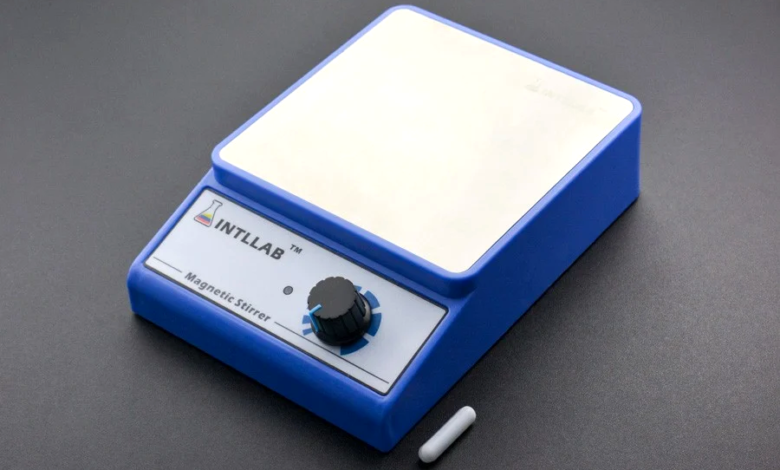When Should a Magnetic Stirrer Be Used?

In laboratories, regardless of their size or shape, stirring and agitation are common processes. To achieve consistent results, your lab specialists must employ the appropriate equipment for a particular job. Unfortunately, because they use inappropriate agitation tools and equipment, several labs will not achieve the degree of consistency or performance they require. In this article, we will provide you with information on when you should use a magnetic stirrer. Read on below to find out more.
Related: Making Sure Your Metal Is Precious
How Does a Magnetic Stirrer Work?
Magnetic stirrers rotate a stir bar in samples of a liquid using a changing magnetic field. With its quick agitation and movement, the stir bar fully blends the sample. The operator adjusts the magnetic field’s speed, allowing it to be tailored to the exact sample’s needs.
To avoid interaction with the magnetic flux, use these stirrers with beakers made of glass or any other non-metal material.
Choosing Between Overhead Stirrers and Magnetic Stirrers
You can also use motorized overhead stirrers to mix your liquid samples. Although overhead stirrers typically handle bigger volumes of liquid, they are not appropriate for all levels of viscosity.
Overhead stirrers have sensors that turn off the motor when it gets very hot, which can occur when working with viscous fluids. For overhead stirrers, technicians can regulate various aspects of cycle settings and operation. However, they have a limitation in the sample types they can efficiently mix.
An overhead stirrer is typically the best option if you’re mixing a higher fluid volume with low viscosity. If your fluid has more viscosity and does not require the additional capacity provided by overhead stirrers, a magnetic stirrer is a better alternative because it doesn’t overheat as easily.
As we have seen above, overhead stirrers should be used with less viscous fluids to prevent overheating. On the other hand, magnetic stirrers cannot be used with high volumes of liquid samples. Check the viscosity and the volume of your liquid samples to choose the appropriate stirrer.











